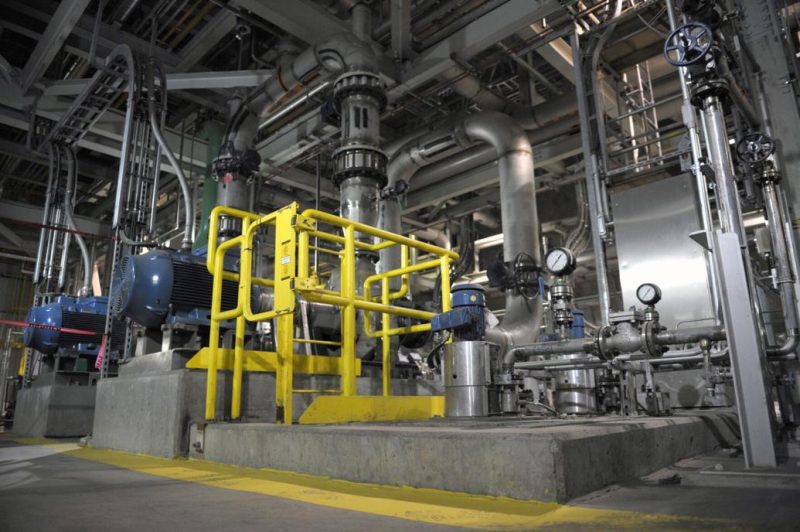By Anthony Hennen | The Center Square
(The Center Square) – The possibility of building a hydrogen hub in Pennsylvania, and the federal funds that would follow, has attracted interest from both Republicans and Democrats.
A recent House Democratic Policy Committee hearing highlighted the tension between a hub’s economic potential and environmental protection.
“I wanted to hear from numerous experts on what the development of the hydrogen hub would mean for western Pennsylvania,” Rep. Nick Pisciottano, D-Dravosburg, said in a statement. “Our state has long been a leader in energy production and industry, and I wanted to gather leaders with concerns and vested interests in this project under one roof to hear about what this could mean for PA’s economy, businesses and environment.”
As The Center Square previously reported, Pennsylvania’s state and federal representatives have expressed support for creating a hydrogen hub in the commonwealth. The Department of Energy plans to offer $8 billion to fund four regional hubs in the United States, which will be used for energy production and carbon capture.
The Pittsburgh region could “be a leader in climate resiliency while at the same time remaining economically competitive” with a hydrogen hub, said Matt Smith, president of the Greater Pittsburgh Chamber of Commerce in his testimony.
“This is an area where business leaders and labor leaders can and will come together for our region’s future,” Smith said. “We can expect that DOE funding will prime the pump for equal or even larger private investment in the development of hydrogen hubs. Regions that develop the first hubs will dominate the market and become magnets for population growth and economic activity.”
Environmental advocates, however, warned that the economic potential of a hub isn’t so great, even with the influx of federal funds. The more pressing concern, as Rob Altenburg, senior director for energy and climate at PennFuture argued, is the reduction of carbon emissions.
“While electricity from clean sources like solar or wind can be used to produce hydrogen, basic physics tells us that using the clean energy directly in our homes, cars, and industry, is far more efficient – and will always be cheaper – than adding an extra step to convert it to hydrogen,” Altenburg said.
“Diverting some clean energy from the grid to hydrogen production doesn’t solve the problem,” he noted.
Joanne Kilgour, executive director at the Ohio River Valley Institute, also criticized the hub plan.
“Even where federal investments may be available, it is important to note that access to federal funds does not make a project free – residents end up paying through our tax bills, our utility bills, or a combination of both,” she said.
For carbon capture and storage, Kilgour argued the solution to its economic problems would be “100%+ taxpayer subsidization of carbon capture, use, and sequestration.”
“We heard divergent viewpoints today,” Policy Committee Chairman Ryan Bizzarro, D-Erie, said in a statement. “Members of industry and labor, understandably, see vast potential for our commonwealth’s economy and job growth, while environmentalists questioned whether this is an actual pathway to clean energy or a detour away from embracing renewable energy. However, that’s one of the best attributes of our committee: We want to learn the facts and know the tough questions to ask before the General Assembly moves to pass measures and enact change.”
